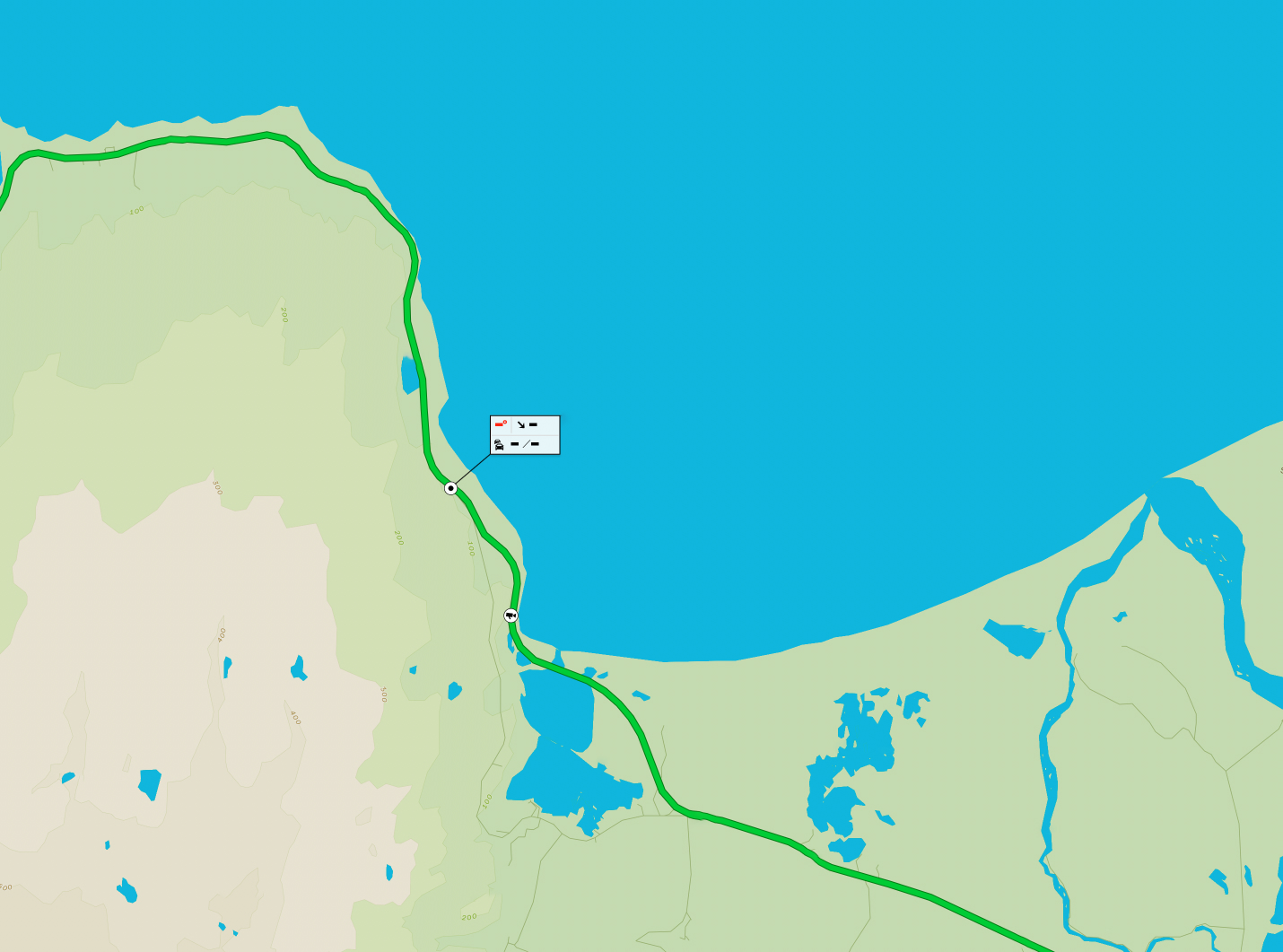PDF · september 2021Structural analysis and modelling of a reinforced concrete bridge based on full scale data
This report evolves around structural modelling and analysis of full-scale monitoring data from
an old single lane multi-span bridge over Steinavötn river in south-east Iceland. The bridge has
now been demolished, but before its removal, the bridge was used as a full-scale test lab for
dynamic and static experiments over a period of few months in the summer of 2019. During
which period various data were sampled.
The purpose of the project is to study the structural characteristics and dynamic behaviour
of a concrete bridge, using readily available analysis and modelling techniques. The objective
is partly to improve the understanding of the bridge properties required for simulating the
behaviour of concrete bridges in order to provide reliable estimates of response to various
loading processes.
The bridge structure is described, the experiments performed introduced and the available
data is presented. Special emphasis is placed on the acceleration response data gathered
by RU-staff and the author. The project involves analysis of selected monitoring data from
the full-scale tests, operational modal analysis of recorded ambient acceleration data using
frequency domain methods and finite element-based modelling of the bridge structure. Two
OMA tools are used, on one hand the ARTeMIS software and on the other MATLAB based
frequency domain decomposition (FDD) toolbox provide by Professor Rune Brincker at DTU.
It is found that based on low amplitude ambient vibration data, the first four modes can be
reliably estimated in terms of natural frequency and critical damping ratio, but the higher
modes are more uncertain, and their identifiability varies depending on the dataset used. The
lowest eigenfrequency of the bridge is found to be 5.7 Hz with a damping ratio of about 1% of
critical. For the low amplitude ambient excitation analysed, the basic damping in the bridge
is found to be between 1 and 2 percent for most of the modes identified.
For the finite element modelling of the bridge both a Beam-element model and a Shell element
model is made. It is found that both models represent the measured data fairly well, as long
as the material properties and especially the boundary conditions are properly defined. The
Shell-element model is believed to be a more accurate representation of the structure as it
better simulates the 3 dimensional properties of the bridge, especially the torsional influence
on the higher modes of vibration. But both model types can be used to interpret and simulate
the eigen vibrations, as well as static and dynamic response, at least for the lower modes of
vibration.













